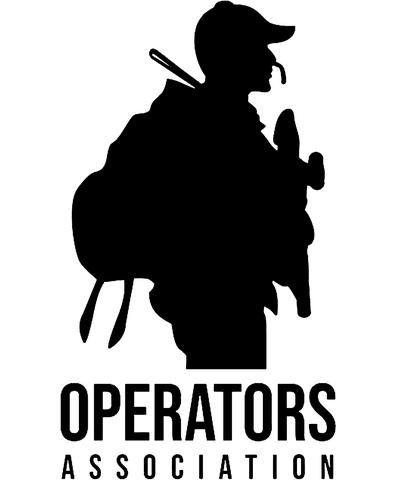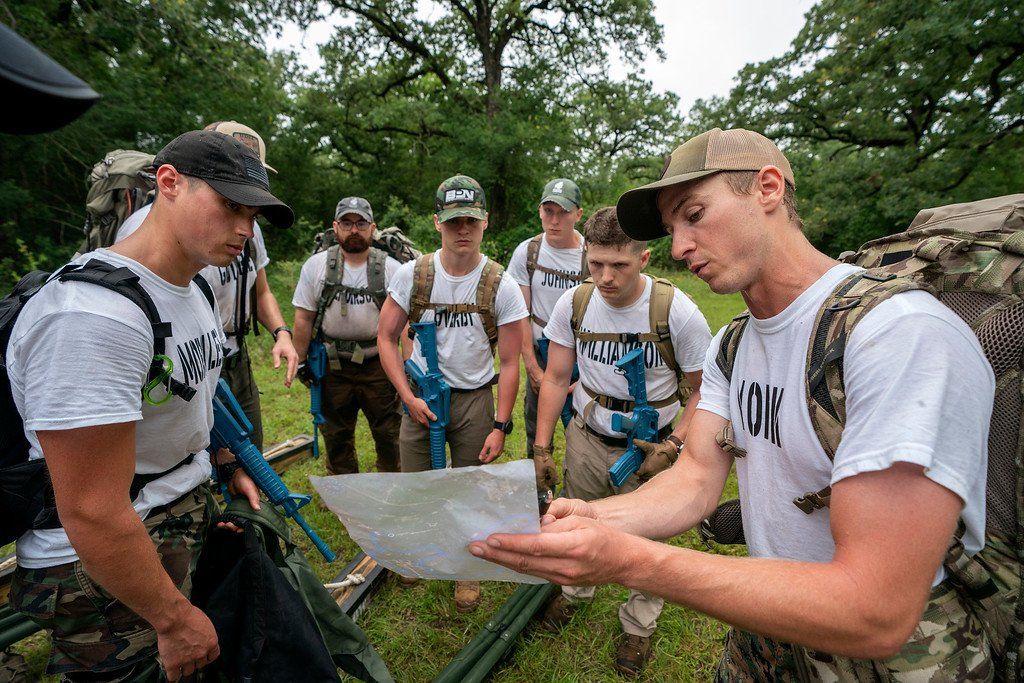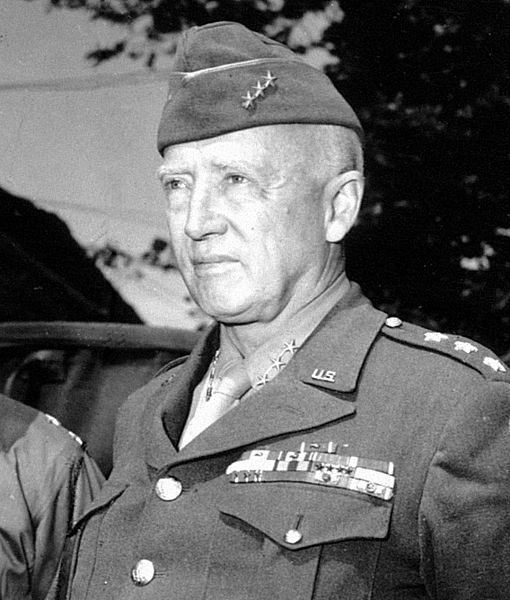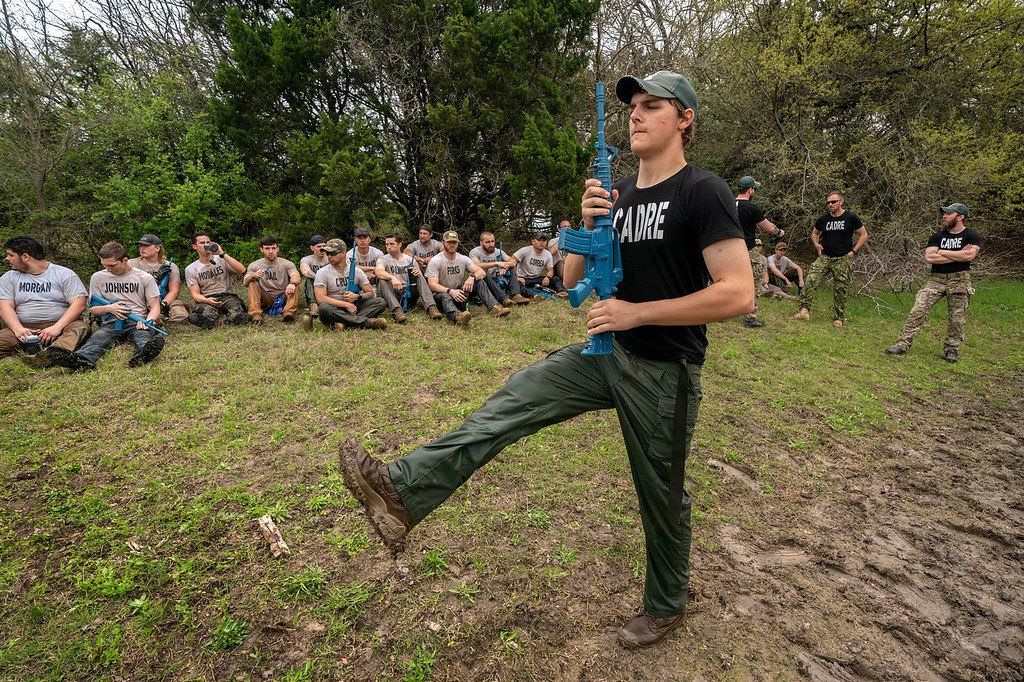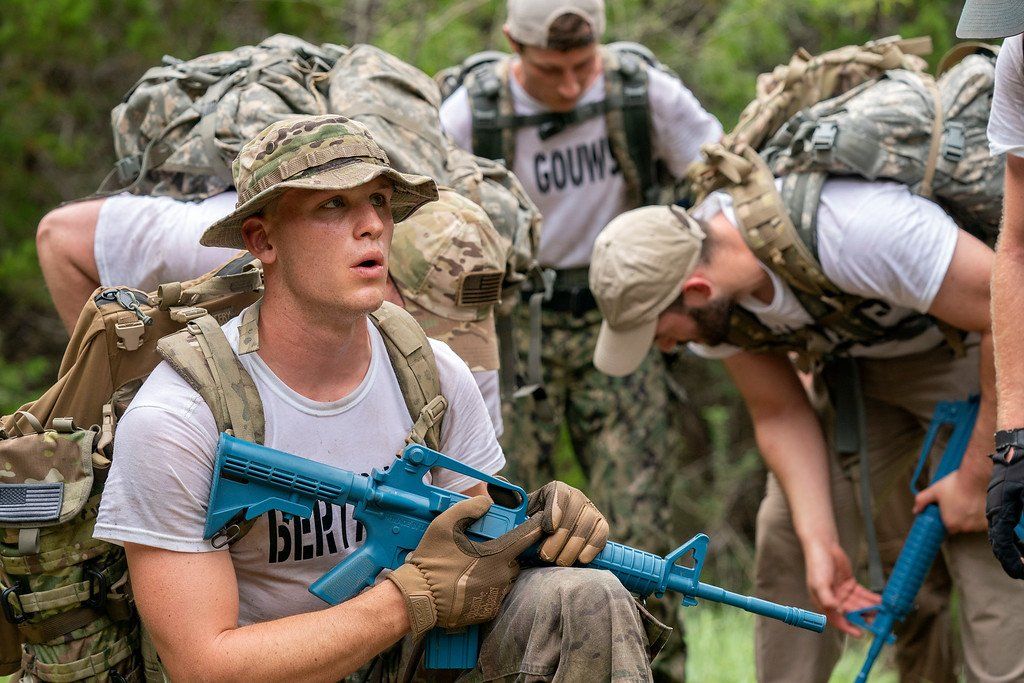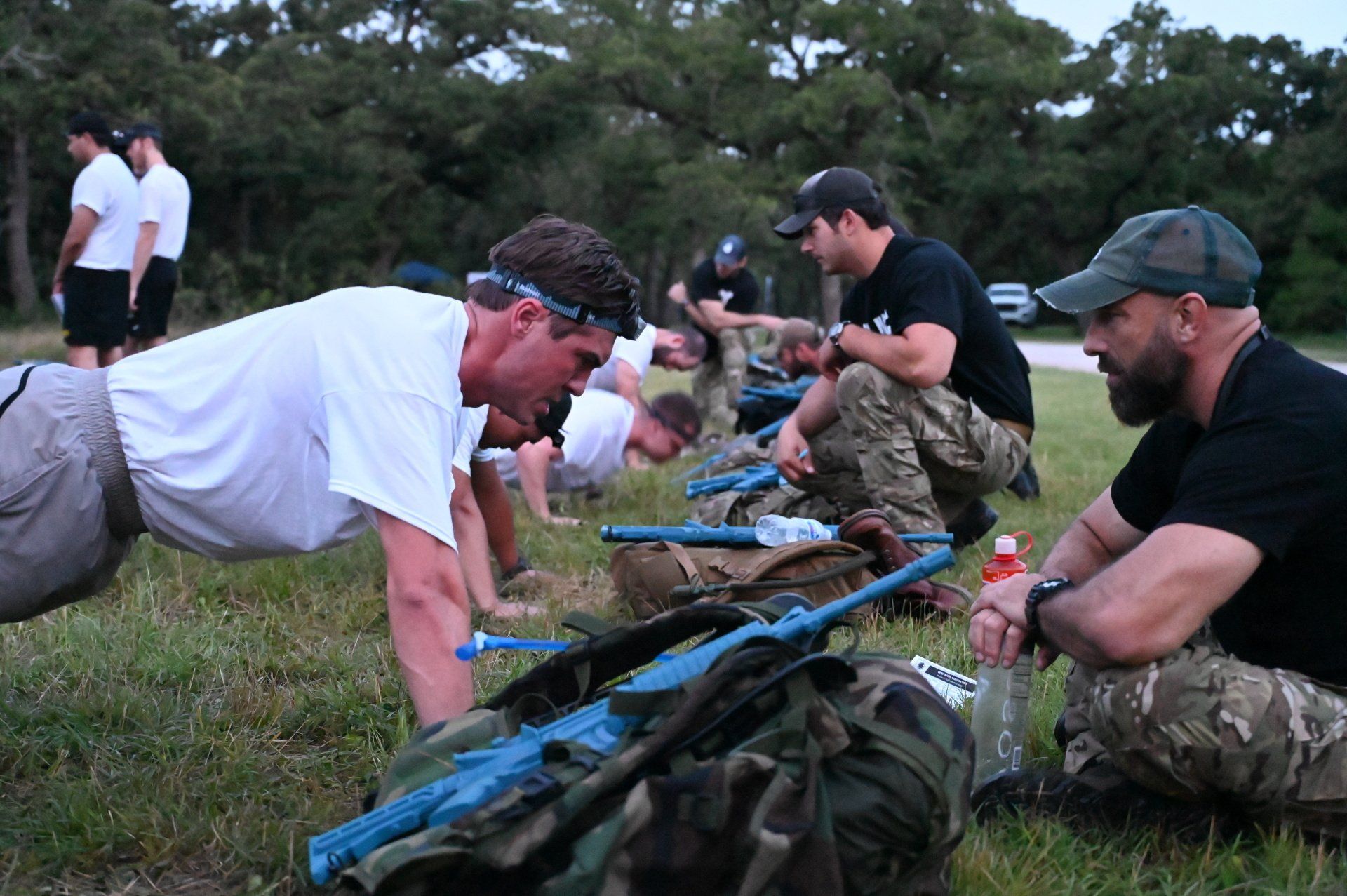How to Lead in Chaotic Scenarios
Sep 15, 2021
Special forces leadership and strategies for SHTF situations.
Nobody ever wants to get stuck in an SHTF (Shit Hits the Fan)
situation. But in the event that you and your family, friends, or team encounter a chaotic scenario, you must be prepared to lead them to safety. Whether or not you’re a SOF operator yet, there’s a good chance that your training and mindset make you the best candidate for taking charge of the situation.
When SOF operators encounter chaotic or SHTF situations, they have a simple process that helps them refocus, prioritize, delegate, and lead their team to victory. In this OA guide, we’ll show you the four steps to leading your team in a chaotic scenario.
Step 1: Stop and Think
This may sound like a counterintuitive action to take in a turbulent scenario, but unless your life is in immediate danger, one of the best things you can do is simply stop. Taking a moment to look around, focus, and comprehend your environment will significantly increase your situational awareness
and decision-making abilities.
When SOF snipers are in a high-stress situation, they have a four-step process called the SLLS Technique
that helps them calm down and do their job effectively. SLLS stands for Stop, Look, Listen, Smell. It’s all about activating your senses and getting rid of the tunnel vision easily caused by chaotic situations. Detaching from the emergent situation – if only briefly – can give you a new perspective
on the problem that you might not have considered had you started acting immediately.
Step 2: Identify Objectives
When you’ve surveyed your situation, the next step is identifying the objectives you must accomplish to achieve your goals. It’s crucial to note that the objectives you set in an SHTF scenario aren't the same ones you’d set when planning a mission. In a chaotic situation, you must create simple, short-term mini-objectives. By setting small objectives like “Get across the street,” you maximize your planning while minimizing the time you waste on building a protracted strategy.
Mini-objectives are also easier to follow and can usually be performed by all members of your team. For example, the instruction “Perform first-aid” might be overwhelming for an inexperienced individual. But almost anyone can follow the command to put pressure on a wound. Simplicity is the key to success. Setting simple mini-objectives is also crucial to executing the next step in this guide.
Step 3: Decentralize Command
If you’ve successfully identified and set mini-objectives, it's time to decentralize your command. In an SHTF scenario, it’s easy to micromanage and try to do everything yourself. Although the people around you might not be as capable as you are, multiple individuals working together are almost always more efficient than a single person. Identify the strengths and weaknesses of those around you
and delegate tasks accordingly. Decentralizing your command lets you focus more on the most crucial aspects of your plan while letting others handle work on the periphery.
Step 4: Move or Die
If you read OA guides often, you’ll know that we’re always talking about being aggressive and seizing the initiative
in every situation. That’s because attacking a challenge is almost always better than waiting for it to hit you. When you attack, you have the predator’s mindset – you’re ready to smash through the enemy. When you take the defensive stance and brace for impact, you’re doing nothing but waiting for the worst. Whether your obstacle is material or abstract, attacking is almost always the superior decision.
Find your tribe. The performance of the people around you will often determine whether you thrive or fail in a chaotic scenario. Having a team of a few warriors is much better than being surrounded by incapable people. That’s why finding a community of winners is so critical if you want to be a SOF operator.
We created OA to help people like you achieve your goals and get the guidance you need to succeed. When you become an Aspiring Operator, you join hundreds of current, future, and retired SOF operators who will help you improve and keep you accountable for your performance. You also get immediate access to hundreds of exclusive podcasts, livestreams, and message boards where you can get the answers to all of your SOF pathway questions. Browse our membership packages
to find your tribe today.
